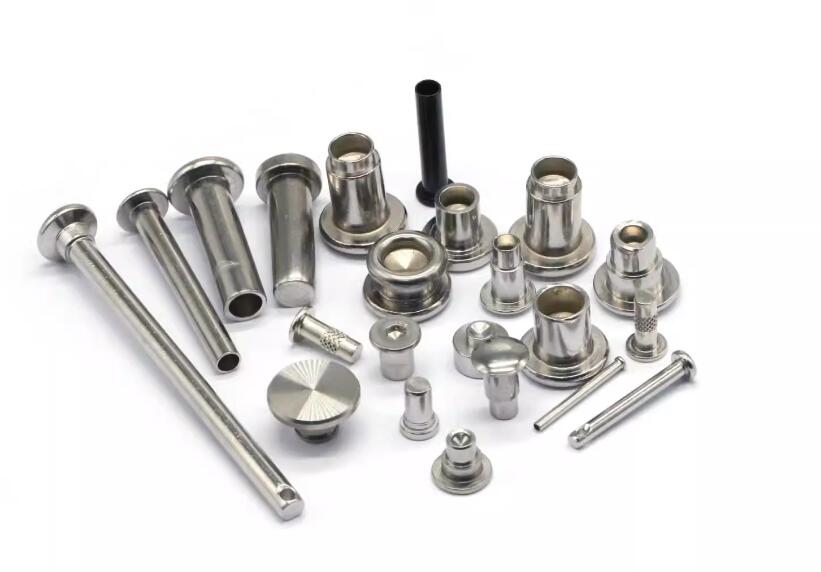
Custom Non-Standard Rivets & Fasteners Manufacturer | Tonful Electric
Tonful Electric specializes in custom non-standard rivets and fasteners tailored to your unique requirements. Get high-quality, precision-engineered solutions for industrial applications. Request a quote today!
Certified By





Our Rivets & Fasteners Show
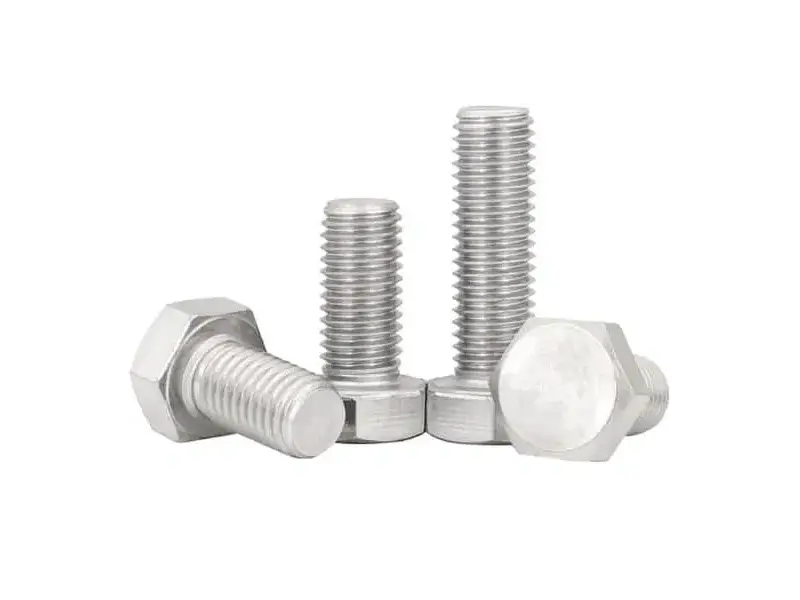
bolts
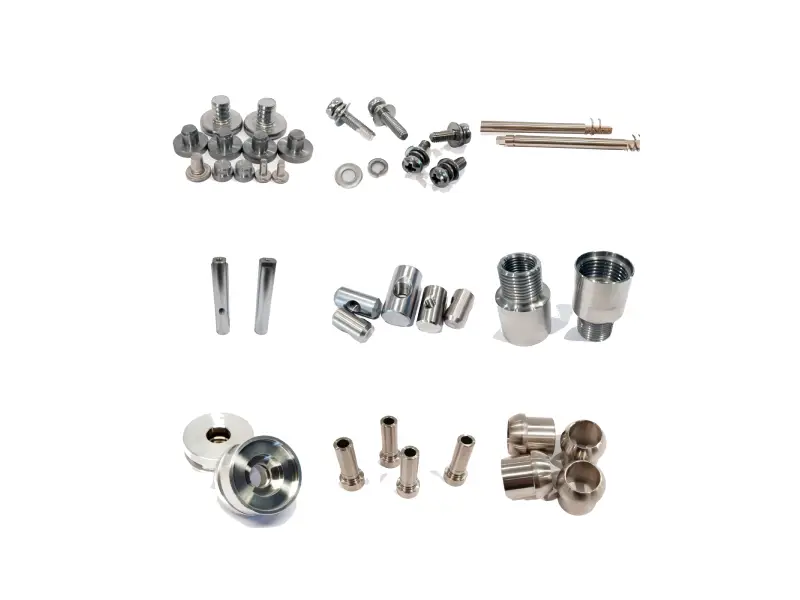
CNC Parts
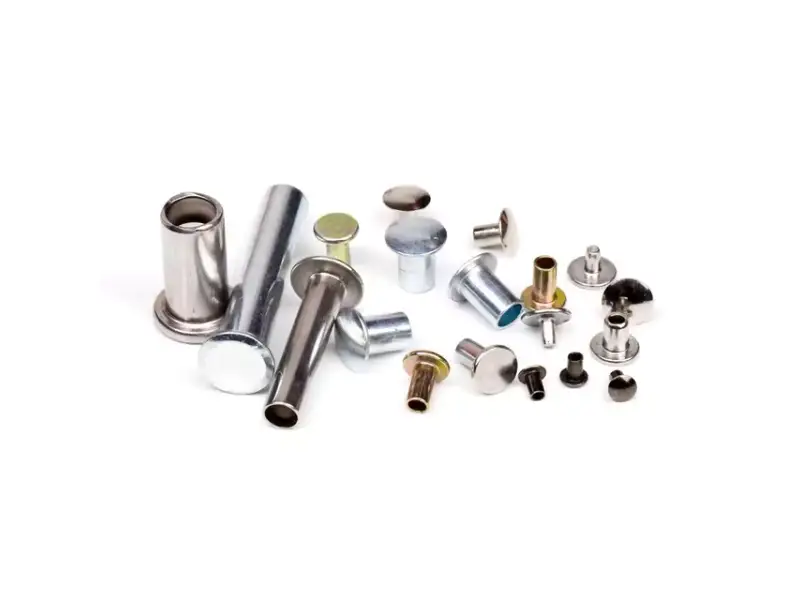
Cold Forged Parts
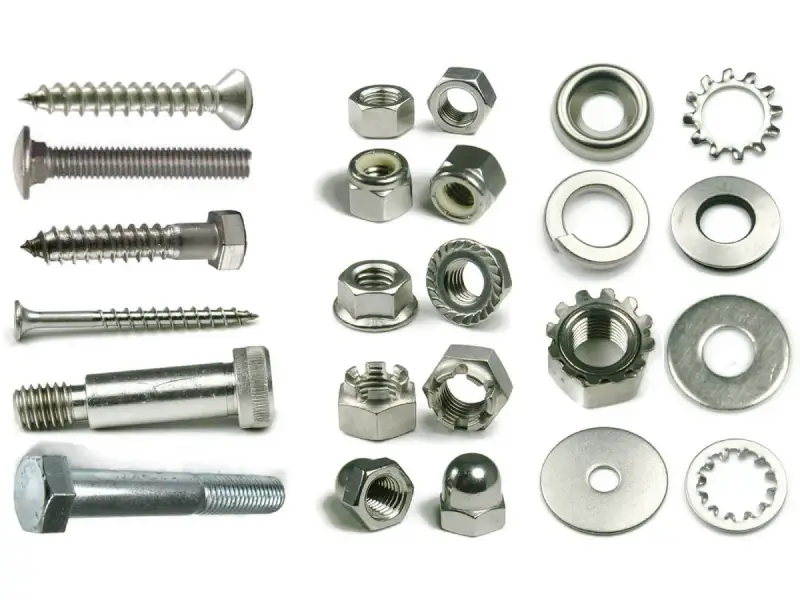
Fasteners
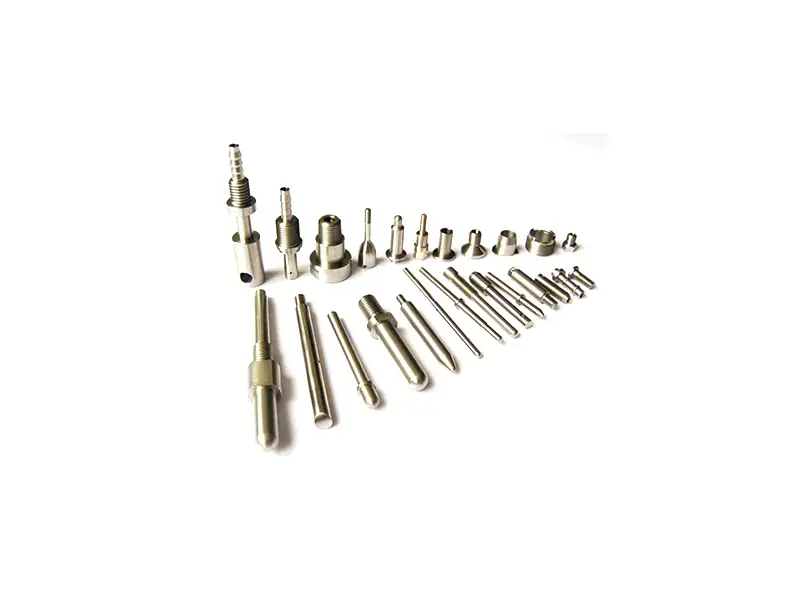
Lathe Turning Parts
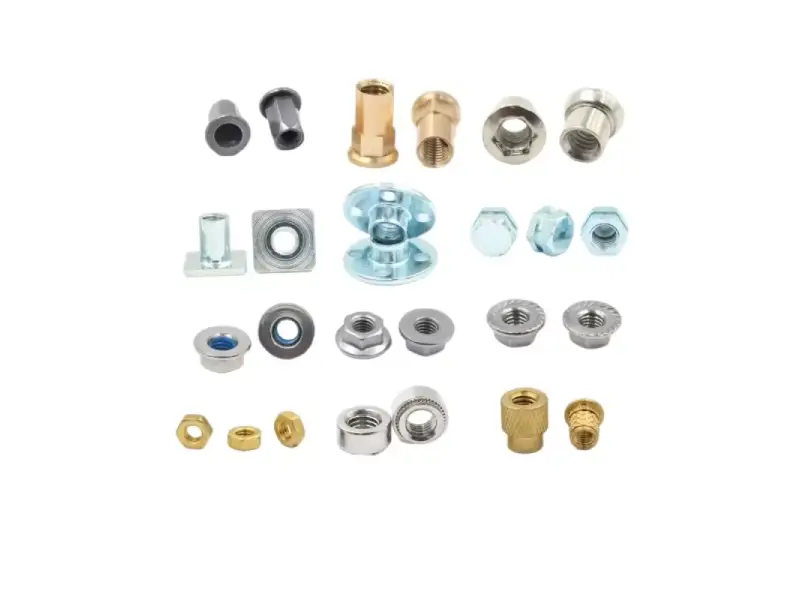
nuts
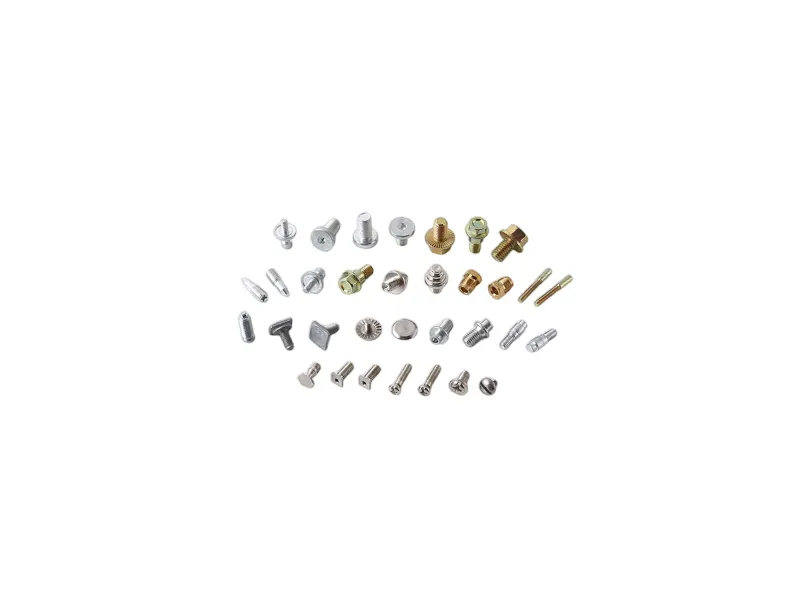
Pins
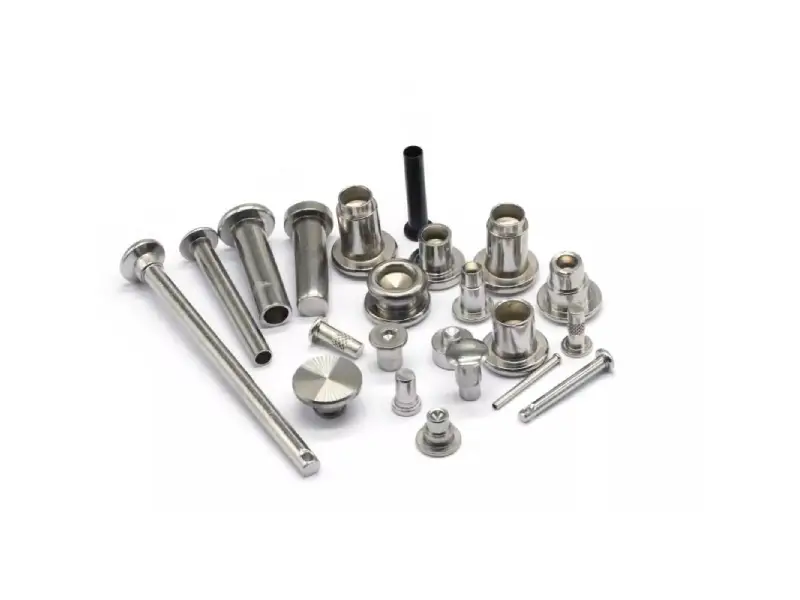
Rivets

screws
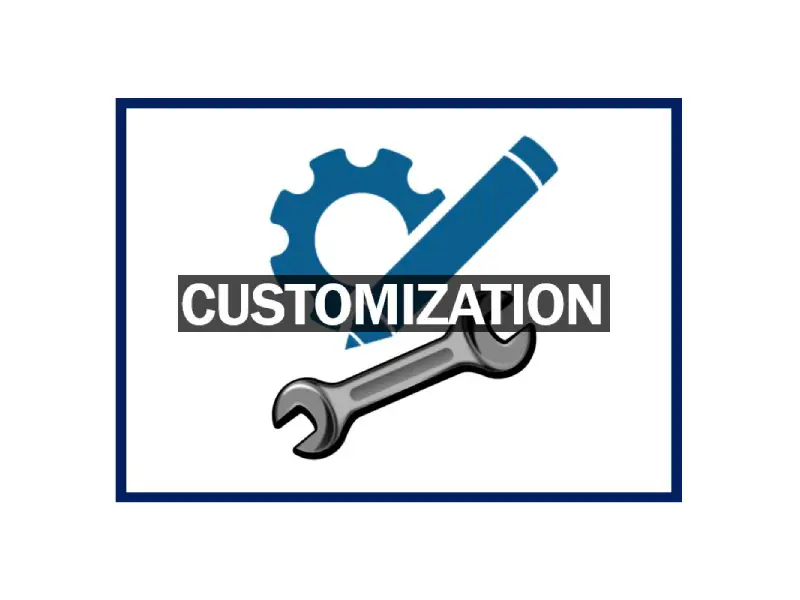
customization
Why Choose TONFUL Rivets & Fasteners
Unmatched Expertise in Customization
Commitment to Supreme Quality
End-to-End Technical Support
Competitive Pricing & Value
Reliable, On-Time Delivery
A Partnership You Can Trust
Professional Customization Guide
1. Inquiry & Initial Consultation
2. Design & Engineering Review
3. Quotation & Project Planning
4. Prototyping & Sample Approval
5. Mass Production & Rigorous QC
6. Careful Packaging & On-Time Delivery
Get Your Free Sample!
We provide samples for free, you just need to tell us what you need
MORE THAN JUST A Rivets & Fasteners MANUFACTURER

Service Consultation
Whether your Rivets & Fasteners requirements are straightforward or complex, our team provides expert advice and technical consultation. For more intricate projects, we offer in-depth engineering support to ensure optimal product selection and application, guaranteeing safety and efficiency in your electrical systems.

Product Recommendations
Unsure which Rivets & Fasteners suits your system? Our specialists provide free, customized recommendations based on your specific operational and environmental requirements, ensuring you get the perfect fit for your electrical protection needs.

Customization Support
Need help with Customization ? Our technical team is available to answer your questions or provide hands-on support. For larger projects, we can even dispatch an engineer to your site for on-the-ground assistance, ensuring your blade fuses are installed correctly and function seamlessly within your electrical network.

Logistics Support
If you lack a reliable freight forwarder, we can arrange transportation from our factory to your project site at no extra cost. Our logistics team ensures timely and secure delivery to keep your project on schedule, minimizing downtime and delays.
Frequently Asked Questions
We have compiled some common questions from our clients. If your question isn’t included here, our customer service is always available to help. We’d love to talk with you.
Q1: What is a fastener?
A fastener is a hardware device that mechanically joins or affixes two or more objects together. Examples include screws, bolts, nails, nuts, and rivets.
Q2: What is a rivet, and how is it different from a screw or bolt?
A rivet is a permanent mechanical fastener. It is installed by deforming its tail (shank), which creates a “shop head” that holds the materials together. Unlike screws and bolts, rivets cannot be easily removed without drilling them out. Screws and bolts are semi-permanent fasteners that use threads and can be removed with tools.
Q3: What are the main types of rivets?
Solid Rivets: The original, strongest type. Used in structural applications like bridges and aircraft. Require access to both sides of the material and a bucking bar for installation.
Blind Rivets (Pop Rivets): The most common type for DIY and manufacturing. Can be installed from only one side of the material using a specialized rivet gun.
Drive Rivets: Simple rivets where a pin is hammered into the body to expand it. Used in softer materials like wood and plastic.
Split Rivets (Bifurcated Rivets): Have legs that split apart. Ideal for fastening soft materials like leather, fabric, or plastic.
Tubular Rivets: Similar to solid rivets but have a hollow end. Used in applications like belts, leather goods, and brakes.
Q4: What are the main types of threaded fasteners?
Screws: Have threads along most of their length and are typically driven into a pre-tapped hole or create their own thread.
Bolts: Pass through clearance holes and are secured with a nut on the other side. They are generally not threaded for their entire length.
Nuts: internally threaded fasteners used with bolts.
Washers: Distribute the load of the fastener and prevent damage to the surface.
Q5: How do I choose the right rivet?
Material: What are you fastening? (e.g., metal, plastic, wood)
Grip Range: The combined thickness of the materials you are joining. The rivet’s length must be appropriate for this thickness.
Hole Size: The drill bit size must match the rivet’s diameter for a secure fit.
Strength Requirements: Does the joint need to be structural?
Access: Can you reach both sides of the workpiece? If not, you need a blind rivet.
Appearance: Do you need a specific head style (dome, countersunk, large flange)?
Q6: What does the rivet size (like 3/16" x 1/2") mean?
The first number is the diameter of the rivet’s body (which determines the drill bit size). The second number is the rivet’s length. The length determines the “grip range” (the total thickness of material it can hold).
Q7: What is a rivet nut (or nutsert)?
A rivet nut is a one-sided blind fastener that provides durable, load-bearing threads in materials that are too thin to be tapped or are fragile. It’s installed like a rivet but leaves behind a threaded hole for a screw or bolt.
Q8: What materials are rivets made from?
Aluminum: Lightweight, corrosion-resistant. Common for blind rivets.
Steel: High strength. Often plated with zinc to resist corrosion (galvanized).
Stainless Steel: Excellent strength and high corrosion resistance.
Copper & Brass: Used for decorative purposes and good corrosion resistance.
Q9: What are the advantages of using rivets?
Permanence: Creates a vibration-resistant joint that is unlikely to loosen.
One-Side Installation (Blind Rivets): Ideal for situations where you can’t access the back of the workpiece.
Strength & Reliability: Excellent shear strength (resistance to sliding forces).
Quick Installation: Faster to install than many threaded fasteners in mass production.
No Threads to Strip: Not susceptible to cross-threading or stripping.
Q10: How do I install a blind (pop) rivet?
Drill a Hole: Drill a hole through all materials to be joined. The hole size should match the rivet diameter.
Insert the Rivet: Place the rivet’s mandrel (the stem) into the nosepiece of the rivet gun. Insert the rivet body into the drilled hole.
Pull the Trigger: Squeeze the rivet gun’s handles. This pulls the mandrel head into the rivet body, causing it to expand and clamp the materials.
Break the Mandrel: The mandrel will snap at a predetermined break point. The rivet is now set.
